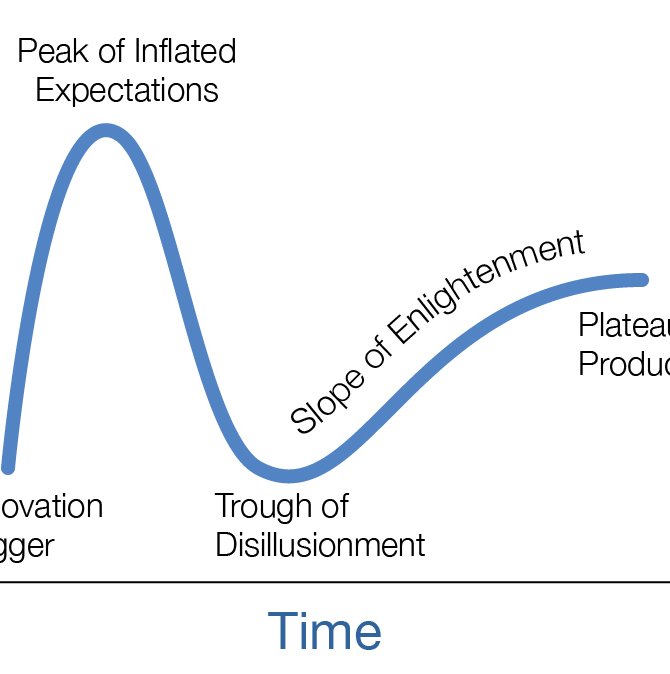The global low carbon hydrogen sector is experiencing a remarkable upsurge with over 1000 projects announced, particularly in Europe, North America, and the Far East. Europe's commitment is evident in its focus on green hydrogen production, in line with the European Green Deal and EU Hydrogen Strategy. North America is also moving forward with initiatives such as the US Department of Energy’s Hydrogen Shot, which aims to promote both green and blue hydrogen projects in the United States. The Far East, particularly China, Japan, and South Korea, is integrating hydrogen into various sectors, particularly transport, which is marked by a rapid expansion of refuelling infrastructure. Together, these regions are leading the way to two megatons of clean hydrogen capacity per year, a critical step in reducing the global industrial carbon footprint.
-
1. Global recognition of a hydrogen certification framework and a stable international regulatory framework are essential to get hydrogen markets off the ground
Many hydrogen projects are progressing slowly due to uncertainties about future demand, infrastructure challenges, lack of clear regulations and certification, and pricing and scale-up challenges. The COP28 Climate Change Conference marked a significant step towards addressing these issues with thirty countries launching a declaration of intent to recognise each other's sustainable hydrogen certificates, paving the way for global standardisation. The International Organisation for Standardisation (ISO) has published a new technical specification, focusing on harmonising safety, interoperability, and sustainability across the hydrogen value chain. These developments signal a move towards a unified global framework which is critical to the growth of the hydrogen industry.
-
2. Green hydrogen has significant potential and the industry is expected to transform through innovation and regulatory support over the next two years
Despite its potential, the path to green hydrogen is not without challenges. Currently, only 4% of publicly announced hydrogen projects have reached the final investment decision stage. This is partly due to the fact that a significant proportion of the existing hydrogen production still relies on fossil fuels. Furthermore, there is a persistent perception of safety risks. At the same time, public confidence and investor appetite remain subdued. Cost inflation and falling conventional energy prices are another hurdle, making alternatives such as direct solar and wind power or conventional battery storage more economically attractive in the short term.
As such, hydrogen appears to be following a typical trajectory seen for emerging technologies, and is likely to be in the 'Trough of Disillusionment' phase of the 'Gartner Hype Cycle' as shown in the image below. The next two years are generally seen as crucial and should bring the solution to the 'Slope of Enlightenment' with more realistic expectations and regulatory support.

-
3. Public-private collaboration, focus on innovation and strategic partnerships are essential to achieve new hydrogen milestones
The main challenge for companies venturing into hydrogen is the need for technological refinement. Public and private institutions must work together to achieve the innovation and technical breakthroughs needed to make renewable fuels, such as green hydrogen, widely available. The growth of the hydrogen market, particularly in the decarbonising of hard-to-abate sectors, depends heavily on bridging the gap to final investment decisions through innovation and strategic partnerships.
Partnerships are therefore essential to pool resources, foster cross-industry collaboration and develop a global hydrogen market and supply chain. These alliances will also be instrumental in influencing policymaking and setting international standards. Overcoming challenges such as policy uncertainty and investment risks will require clear government policies and incentives.
-
Looking ahead
In summary, the trajectory of the hydrogen market in 2024 will be shaped by a surge in global projects, evolving investor risk profiles and public perception, the rise of certification standards, and the critical need for innovation and strategic partnerships. Together. these factors determine hydrogen’s role in achieving global sustainability goals and its position in the future energy mix.
-
Hydrogen-related issues to discuss?
We help our clients understand and comply with the changing regulatory landscape and keep abreast of global trends. Are you interested in learning more about the regulatory developments and the latest trends in hydrogen? Our multi-disciplinary Hydrogen team looks forward to catching up with you soon.


